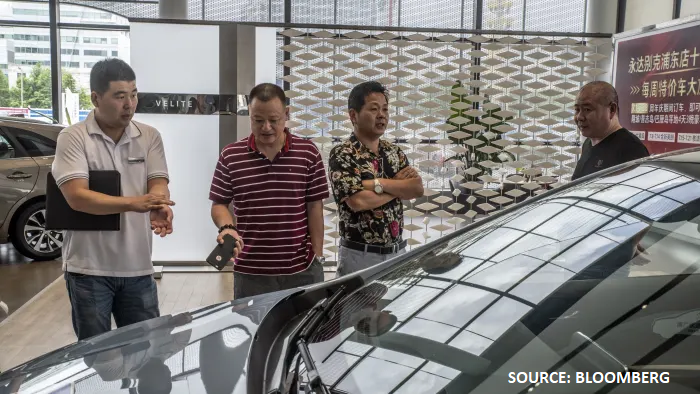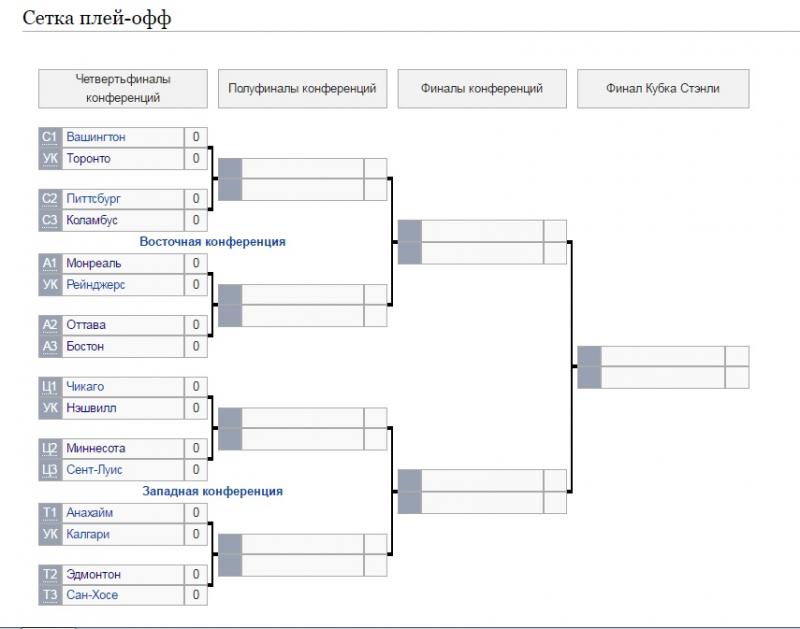Automakers Face Headwinds In China: Lessons From BMW And Porsche

Table of Contents
Intensifying Competition and the Rise of Domestic Brands
The Chinese automotive landscape is undergoing a dramatic transformation, characterized by the rapid rise of domestic brands. These companies are not only challenging established players like BMW and Porsche for market share but are also actively shaping the future of the automotive industry in China. This intensifying competition is driven by several key factors: technological advancements, aggressive pricing strategies, and a focus on features specifically appealing to Chinese consumers.
-
Increased competition from brands like BYD, NIO, and Xpeng: These domestic brands are rapidly gaining market share, particularly in the burgeoning electric vehicle (EV) segment. Their innovative designs, advanced technology, and competitive pricing are proving highly attractive to Chinese consumers.
-
Aggressive pricing strategies by domestic brands: Chinese automakers are often able to offer vehicles with comparable features at significantly lower price points than their international counterparts, putting pressure on established brands to adjust their pricing strategies.
-
Focus on technological innovation and features appealing to Chinese consumers: Domestic brands are adept at incorporating the latest technological advancements, such as advanced driver-assistance systems (ADAS) and connected car features, into their vehicles. They are also tailoring their designs and features to the specific preferences of the Chinese consumer market.
-
The rapid expansion of the Chinese EV market and its impact on traditional automakers: The Chinese government's strong push towards electric mobility, coupled with increasing consumer demand, has created a highly competitive EV market. Traditional automakers are facing pressure to electrify their offerings quickly and efficiently to remain competitive.
Shifting Consumer Preferences and Demand for EVs
Chinese consumer preferences are evolving at a rapid pace, driven by increased environmental awareness, government incentives, and a general enthusiasm for technological innovation. This shift is most evident in the explosive growth of the electric vehicle market.
-
Increased preference for EVs due to environmental concerns and government subsidies: The Chinese government has implemented substantial incentives to promote EV adoption, including subsidies and tax breaks. This, combined with growing environmental concerns among consumers, has fueled a surge in demand for electric vehicles.
-
Demand for advanced technological features in vehicles: Chinese consumers are highly tech-savvy and expect vehicles to be equipped with the latest technological features, including advanced driver-assistance systems, large infotainment screens, and connectivity features.
-
Challenges in establishing robust charging infrastructure: While the demand for EVs is growing rapidly, the development of a comprehensive charging infrastructure is lagging behind. This poses a significant challenge for EV adoption and requires substantial investment from both the government and private sector.
-
The impact of government regulations and emission standards: Stringent emission standards and regulations are driving the transition to electric and hybrid vehicles in China. Automakers must adapt their product portfolios to meet these evolving regulations.
Navigating Regulatory Hurdles and Geopolitical Factors
The Chinese automotive market is characterized by a complex regulatory landscape and significant geopolitical influences. These factors present significant challenges for foreign automakers, impacting production, pricing, and overall market strategy.
-
Stringent emission standards and safety regulations: China has implemented some of the world's strictest emission and safety standards, requiring automakers to invest heavily in compliance measures.
-
Potential trade disputes and their impact on import costs: Trade tensions between China and other countries can lead to increased tariffs and import costs, impacting the competitiveness of foreign automakers.
-
Supply chain vulnerabilities and dependence on Chinese suppliers: Many automakers rely heavily on Chinese suppliers for components and materials. Disruptions to these supply chains can have a significant impact on production and profitability.
-
Navigating political and regulatory uncertainties: The regulatory environment in China can be unpredictable, requiring automakers to carefully manage political and regulatory risks.
BMW and Porsche's Strategies and Adaptations
BMW and Porsche, despite facing significant headwinds, have implemented strategies to navigate the challenges of the Chinese market. These include localized production, tailored product offerings, and targeted marketing campaigns.
-
BMW's investments in local production and R&D: BMW has significantly invested in local production facilities and research and development in China, allowing it to better respond to the needs of the local market.
-
Porsche's focus on luxury and brand image: Porsche has maintained a strong focus on its luxury brand image and high-quality products, appealing to a segment of the Chinese market that values exclusivity and prestige.
-
Marketing campaigns targeting specific consumer segments: Both BMW and Porsche have tailored their marketing campaigns to resonate with specific consumer segments in China. This includes digital marketing efforts and partnerships with local influencers.
-
Adaptation of vehicle features to suit Chinese preferences: Both companies have adapted their vehicle features and specifications to meet the unique preferences of Chinese consumers.
Conclusion
The Chinese automotive market presents substantial challenges for even the most established global automakers. BMW and Porsche's experiences highlight the critical need for a deep understanding of local consumer preferences, agile adaptation to rapidly evolving technology and regulations, and a long-term commitment to navigating the complex geopolitical landscape. Success in China requires more than just selling cars; it demands a comprehensive strategy that embraces localization, innovation, and a keen awareness of the market's unique dynamics.
Call to Action: Understanding the headwinds facing automakers in China is paramount for future success. To stay competitive in this dynamic market, thorough market research, strategic localization, and a robust commitment to innovation are absolutely essential. Don't get left behind – understand the headwinds facing automakers in China and adapt your strategies accordingly!

Featured Posts
-
 U S Nuclear Installation Under Greenlands Ice Unveiling The Truth
May 15, 2025
U S Nuclear Installation Under Greenlands Ice Unveiling The Truth
May 15, 2025 -
 Revolutionizing Voice Assistant Development Open Ais 2024 Showcase
May 15, 2025
Revolutionizing Voice Assistant Development Open Ais 2024 Showcase
May 15, 2025 -
 San Diego Padres Bullpen Krasovic On A Positive Start Despite Setback
May 15, 2025
San Diego Padres Bullpen Krasovic On A Positive Start Despite Setback
May 15, 2025 -
 Lafc Triumphs Over San Jose Earthquakes Following Key Injury
May 15, 2025
Lafc Triumphs Over San Jose Earthquakes Following Key Injury
May 15, 2025 -
 Trumps Egg Price Prediction From Fiction To Reality
May 15, 2025
Trumps Egg Price Prediction From Fiction To Reality
May 15, 2025
Latest Posts
-
 Pley Off N Kh L Tampa Bey Kucherov Oderzhivaet Pobedu Nad Floridoy
May 15, 2025
Pley Off N Kh L Tampa Bey Kucherov Oderzhivaet Pobedu Nad Floridoy
May 15, 2025 -
 Tampa Bey Vybivaet Floridu Kucherov Vedyot Komandu K Pobede V Serii Pley Off
May 15, 2025
Tampa Bey Vybivaet Floridu Kucherov Vedyot Komandu K Pobede V Serii Pley Off
May 15, 2025 -
 Obnovlyonniy Spisok Luchshikh Snayperov Pley Off N Kh L Ovechkin Na 12 M Meste
May 15, 2025
Obnovlyonniy Spisok Luchshikh Snayperov Pley Off N Kh L Ovechkin Na 12 M Meste
May 15, 2025 -
 12 Golov V Pley Off Ovechkin V Istorii N Kh L
May 15, 2025
12 Golov V Pley Off Ovechkin V Istorii N Kh L
May 15, 2025 -
 Ovechkin Na 12 M Meste Po Golam V Pley Off N Kh L Istoricheskiy Moment
May 15, 2025
Ovechkin Na 12 M Meste Po Golam V Pley Off N Kh L Istoricheskiy Moment
May 15, 2025
